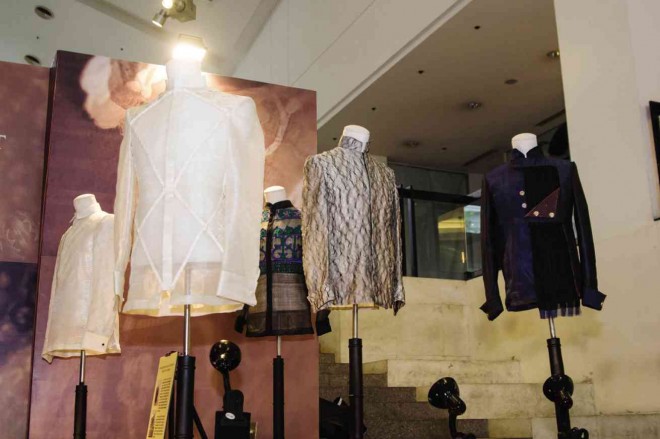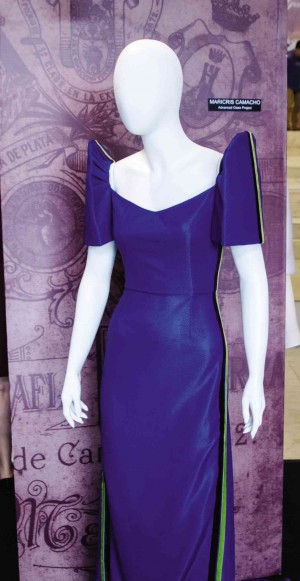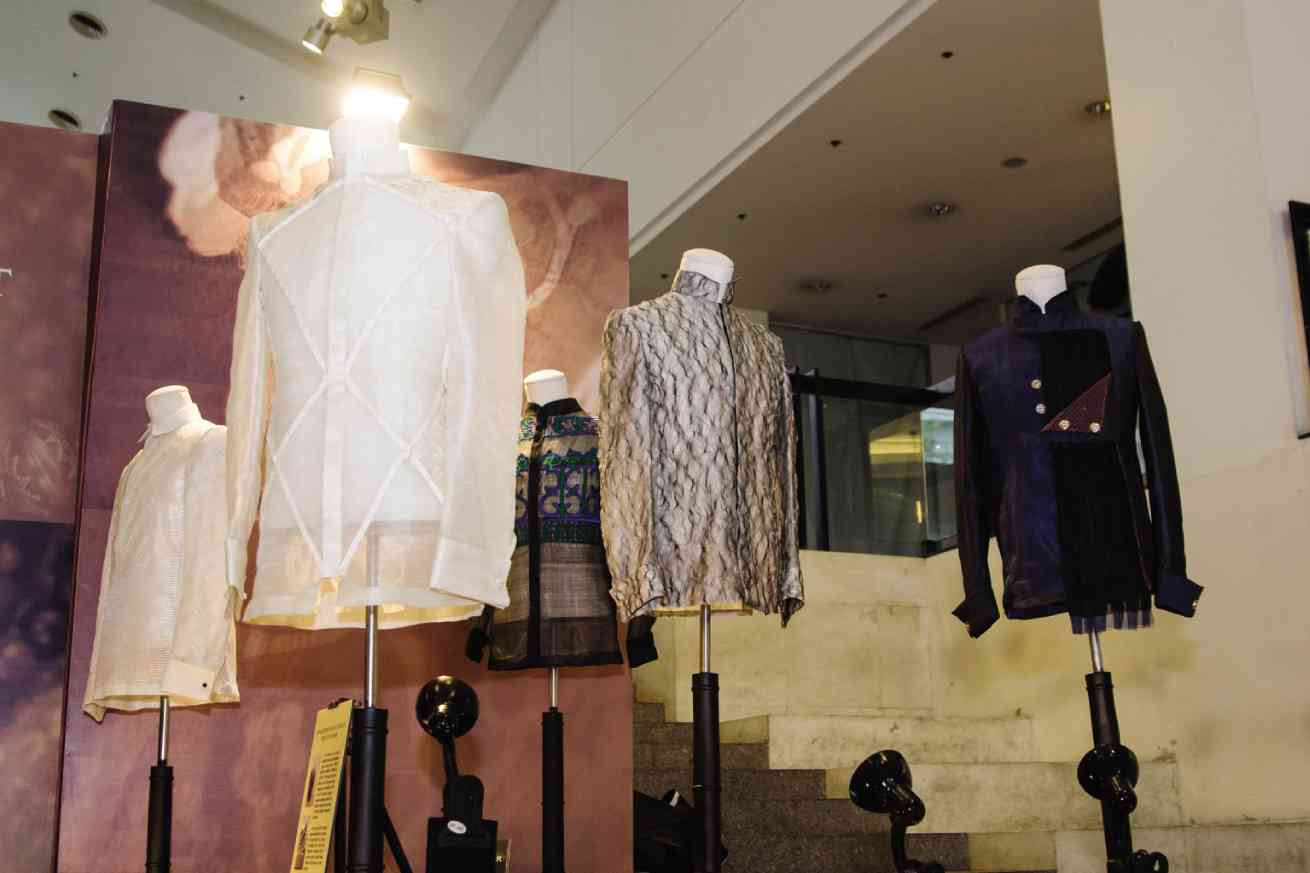
For its “Exhibition of Student Work 2014,” Slim’s Fashion & Arts School tapped into the country’s rich heritage.

The theme channeled traditional Philippine culture into modern-day fashion. There were around 30 works that showcased the talents of Slim’s students.
A variety of techniques was used to incorporate the inspiration into the works.
For the fabric, instead of the usual weave, basketball jersey material was used in a terno.
Or it could have been the construction, like the suman dress that couldn’t go unnoticed. It was made with folds that imitated the layering of the sticky rice cake.
Silhouettes were also created to fit into present-day fashion.
The terno was further experimented on and turned into the classic wraparound dress, with another transformed into a pantsuit variation.
Other innovations were seen from the details, such as painting, beading, weaving, macramé and other sewing techniques.
Bespoke barong Tagalog was prominently shown as well. The play of fabric and texture was impeccable.
The students’ fashion illustrations were highlighted, too. Their designs, inspired by such Pinoy landmarks as churches, homegrown materials as the abaniko, anahaw leaf, even staple food as corn, and the king of the road, the jeepney.
Fashion history book
As the country’s premier fashion institute, Slim’s has also collaborated with a major retail brand to launch a book that every self-respecting Filipino fashionista would like to have.

At the announcement for the book last Oct. 18, Mark Lewis Higgins, son of Slim’s founder Salvacion Lim Higgins and Gino Gonzales, renowned production designer and the book’s coauthor, delivered talks on the evolution of the Philippine national dress from 1860 to 1960.
Historian Mon Villegas also discussed interesting bits of information related to the century-old milestone.
The transition of the terno and how people know it today is rooted in the Spanish regime. But from what it was in 1860, the traje de mestiza has undergone several changes.
Major variations have been done on the cut, silhouette, fabric and the little details.
Some of the innovations reflected opulence, since fashion was also an indicator of wealth and socioeconomic progress.
Contemporary Filipino lifestyle emerged after adopting modern American fashion. What used to be daily wear for Filipino women disappeared. Only the sleeves remained in what is known as the Philippine national costume.
Notwithstanding these changes, it’s time to learn our own fashion story from the Slim’s book.











































